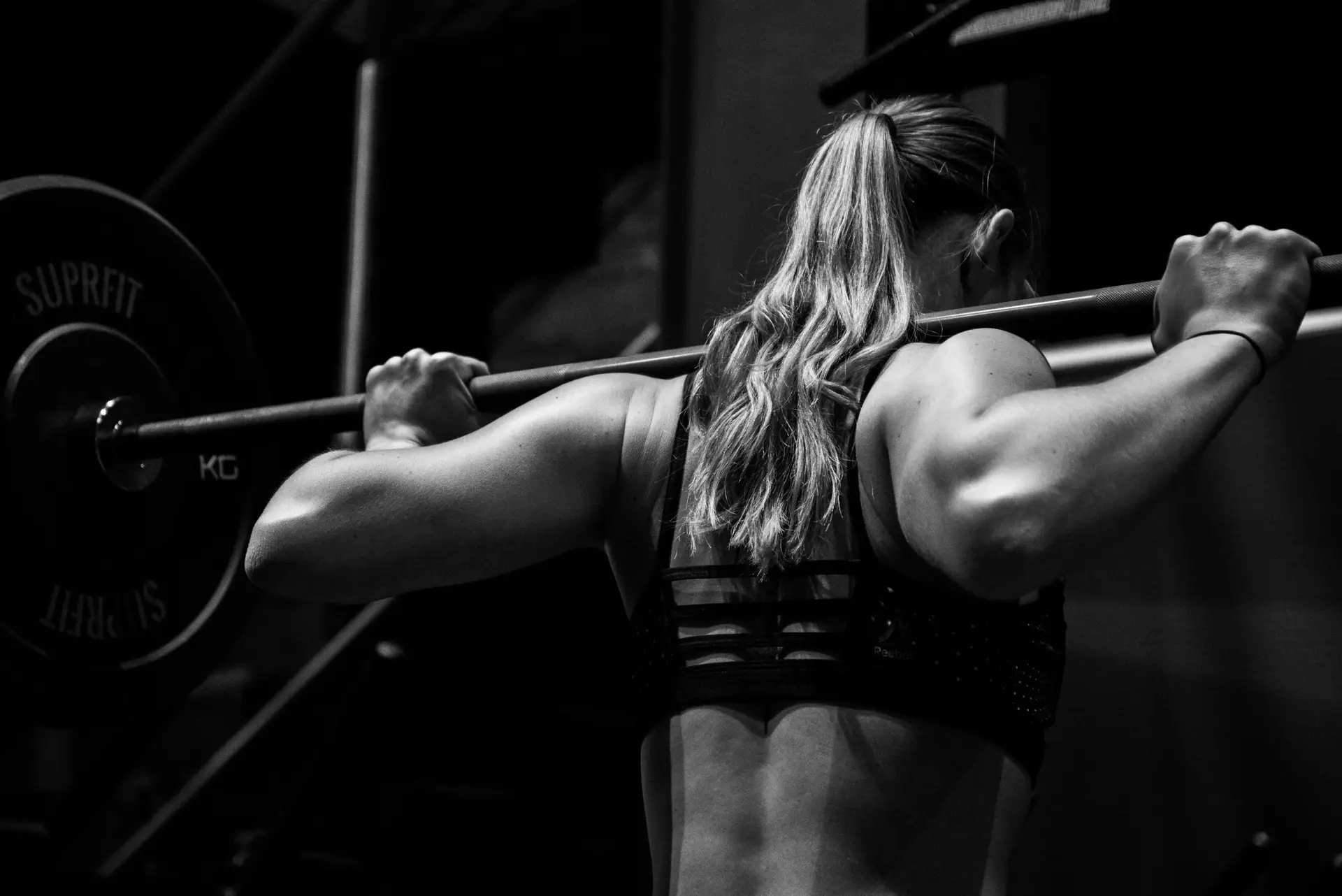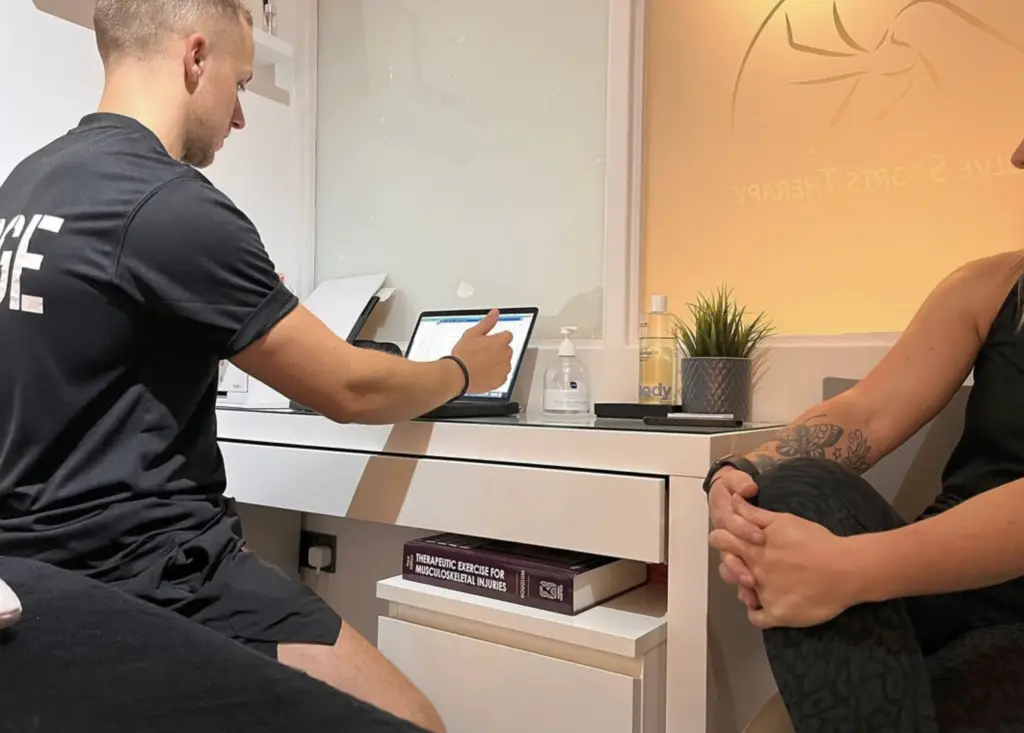How to Train Effectively in the Gym: Tips for Maximizing Your Workouts
Training effectively in the gym is more than just showing up and lifting weights. To get the most out of your gym sessions, it’s essential to use proper techniques, select the right gym equipment, and balance your efforts to avoid injuries. Whether you’re new to the gym or a seasoned athlete, this guide offers actionable tips to help you train smarter, stay injury free, and see real results. Let’s dive into how you can optimize your gym experience with the right mindset, tools, and support.
1. Start with a Plan and Set Clear Goals
One of the most common mistakes people make when they go to the gym is not having a clear plan. Wandering from machine to machine without structure can waste time and reduce the effectiveness of your workout. Here’s how to stay focused:
-
Set specific goals: Whether you’re aiming to build muscle, improve cardiovascular fitness, or increase strength, setting clear goals helps guide your workouts. Break your goals into smaller, achievable milestones to stay motivated.
-
Create a workout schedule: Consistency is key when it comes to seeing results. Plan your workouts ahead of time, focusing on different muscle groups or types of exercises each day (e.g., strength training on Monday, cardio on Wednesday, flexibility on Friday).
-
Track your progress: Keep a log of your exercises, weights, sets, and repetitions. This allows you to see improvements over time and make adjustments to your workouts when necessary.
2. Make the Most of Gym Equipment
Using gym equipment correctly and efficiently is crucial for an effective workout. Different pieces of equipment serve different purposes, and understanding how to use them can maximize your results. Here’s what to keep in mind:
-
Free weights vs. machines: Both free weights and machines have their advantages. Free weights (dumbbells, barbells) engage more stabilizing muscles, offering a more comprehensive workout. Machines, on the other hand, guide your movements, making them great for beginners or isolating specific muscles. Incorporate both into your routine to reap the benefits of each.
-
Cardio machines: Treadmills, stationary bikes, and ellipticals are excellent tools for building cardiovascular endurance. If you’re doing cardio for fat loss or heart health, aim for a variety of machines to engage different muscles and avoid monotony.
-
Functional equipment: Kettlebells, resistance bands, and medicine balls can add variety to your workouts and help improve coordination, strength, and balance. These are excellent for full-body, functional movements that mimic real-life activities.
Make sure you understand how each piece of gym equipment works before using it. If you’re unsure, ask a personal trainer or a gym staff member for guidance to avoid using equipment improperly, which can lead to injury.
3. Consult a Personal Trainer or Sports Therapist for Guidance
Working with a personal trainer or consulting a sports therapist can make a significant difference in how effectively and safely you train. Here’s why:
-
Personal trainers provide personalized advice: A qualified personal trainer can design a workout plan tailored to your goals, fitness level, and any limitations you might have. They ensure you’re using proper form and offer tips to make your workouts more efficient.
-
Prevent injuries with proper technique: Incorrect form is one of the leading causes of gym-related injuries. A personal trainer can correct any mistakes in your technique, ensuring you perform exercises in a way that minimizes strain on your joints and muscles.
-
Sports therapists can assist with injury prevention: If you’ve experienced past injuries or have any muscular imbalances, a sports therapist can create corrective exercise plans that address these issues. They’ll help you strengthen weak areas, improve mobility, and keep you injury free while training.
Whether you’re just starting or trying to take your workouts to the next level, having expert guidance ensures you’re on the right path and significantly reduces the risk of injury.
4. Stay Injury Free: Focus on Warm-Ups, Form, and Recovery
Staying injury free is essential for long-term success in the gym. Injuries not only halt your progress but can also discourage you from continuing your fitness journey. Here are key steps to prevent injuries:
-
Always warm up: Before diving into intense exercises, take 5-10 minutes to warm up. Dynamic stretches, light cardio, or bodyweight exercises increase blood flow to your muscles, improve flexibility, and prepare your body for more strenuous activity.
-
Focus on proper form: Poor form is a major contributor to injuries in the gym. Always prioritize technique over lifting heavier weights. Start with lighter weights to master the movement, then gradually increase the resistance as your strength improves. When performing exercises like squats or deadlifts, make sure your spine stays in a neutral position to avoid back strain.
-
Incorporate recovery days: Rest and recovery are just as important as your workout days. Overtraining can lead to fatigue, burnout, and injury. Ensure you schedule rest days to give your muscles time to repair and grow stronger. Consider incorporating active recovery (light walking, yoga, or stretching) on these days to stay limber and aid in muscle repair.
-
Stretch post-workout: Stretching after your workout helps improve flexibility, reduce muscle tightness, and aid in recovery. Spend 5-10 minutes stretching the muscles you worked on during your session to help release tension and promote blood flow.
5. Fuel Your Body and Stay Hydrated
What you do outside the gym is just as important as what you do inside it. Nutrition and hydration play critical roles in your ability to train effectively and recover well. Here are some nutrition tips to keep in mind:
-
Eat a balanced diet: Ensure you’re consuming enough protein, carbohydrates, and fats to fuel your workouts and support muscle recovery. Carbohydrates provide the energy you need during exercise, while protein helps repair and build muscle tissue.
-
Stay hydrated: Dehydration can impair your performance and increase the risk of injury. Make sure you’re drinking water before, during, and after your workouts. On especially intense training days, consider electrolyte drinks to replenish lost minerals.
-
Consider pre- and post-workout nutrition: Eating a light meal or snack rich in carbs and protein before your workout can provide the energy needed for performance. Post-workout, focus on a protein-rich meal to help with muscle recovery and growth.
Conclusion
Training effectively in the gym requires more than just effort—it’s about using gym equipment properly, following structured plans, and seeking expert guidance from a personal trainer or sports therapist. By focusing on form, staying injury free, and giving your body the nutrition and rest it needs, you can maximize your workouts and achieve long-term success. Consistency, balance, and care are the keys to making every gym session count.



